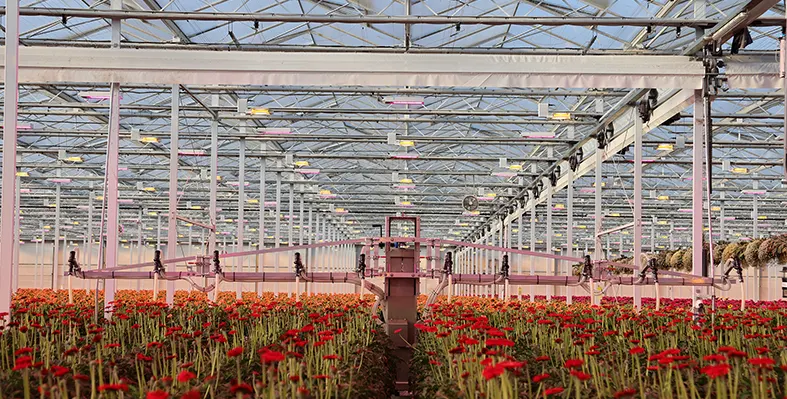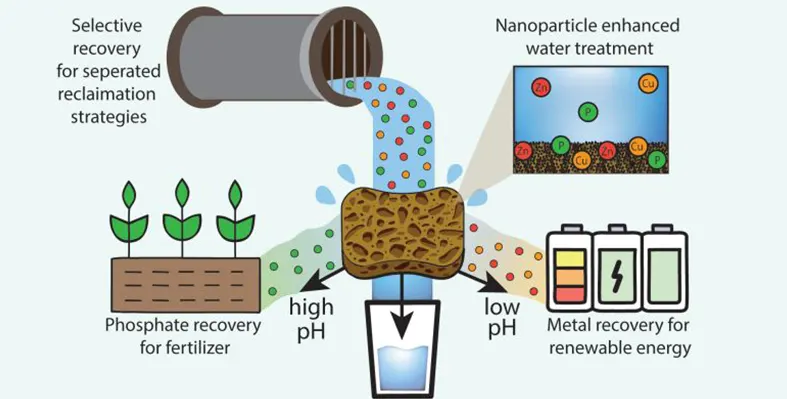Entocycle, a UK-based developer of insect farming technology that transforms food waste into sustainable protein for animal feed, has collaborated with Siemens to launch the country’s first digitalised insect farm showroom
The facility is uniquely located beneath four Victorian railway arches in central London.
Focused on creating a sustainable protein alternative, Entocycle chose the high-profile London Bridge area to boost visibility, attract top talent, and engage potential investors in its innovative approach to circular food systems.
Before construction began, Entocycle used Siemens’ digital twin technology to create a virtual model of the site. This simulation helped maximise the use of the complex arch-shaped space and minimise construction errors, saving time and costs.
The site has since undergone a full digital transformation and now runs on Siemens AI and automation systems. Advanced technologies integrated into the facility include robotic arms, machine vision systems that monitor 3,000 larvae per second with up to 100% accuracy, and climate-controlled chambers. These upgrades have significantly enhanced production by reducing larvae growth time and improving survival rates by 30%.
Now in operation for a year, the facility has demonstrated that insect farming can address two major environmental challenges: cutting the UK’s annual 10.7 million tonnes of food waste (of which 30% is lost through supply chain inefficiencies) and reducing reliance on 3.3 million tonnes of imported soy used for animal feed.
With proof of concept established, Entocycle plans to expand its model to industrial scale, aiming to support farms, agri-businesses, and waste management companies in cutting emissions and rethinking protein supply chains.
Matt Simonds, managing director at Entocycle, said: “We’ve spent a decade developing this concept, which has grown from equipment pieced together from hardware retailers to the bespoke and highly advanced factory we’re running today. The London Bridge centre proves our concept, which leverages the black soldier fly as nature’s recycler, that can be scaled around the world to help tackle the dual issue of food waste and sustainability issues in animal feed supply.
“Insect farming is an exciting emerging industry, and our vision is to be the go-to provider of technology to customers alongside our partner Siemens. In 10 years’ time, we expect Entocycle-designed farms to be processing millions of tonnes of food waste around the world, saving millions of tonnes of carbon emissions with it. Partnering with Siemens to deliver our solution internationally provides us with the trust and scalability we need to deliver on our global ambitions.”
Keith Thornhill, head of food and beverage for UK & Ireland at Siemens said: “Entocycle has created the blueprint for high-tech insect farming. It’s successfully applied modern manufacturing technology to its highly niche subject of rearing black soldier flies. And the outcomes are clear to see in increased insect survival rates and slashing the time staff would spend counting insects.
“It’s a fantastic concept ready to be delivered to customers around the world, regardless of site size and location. We’re proud to support it as a great example of technology with a purpose in addressing crucial sustainability challenges.”








